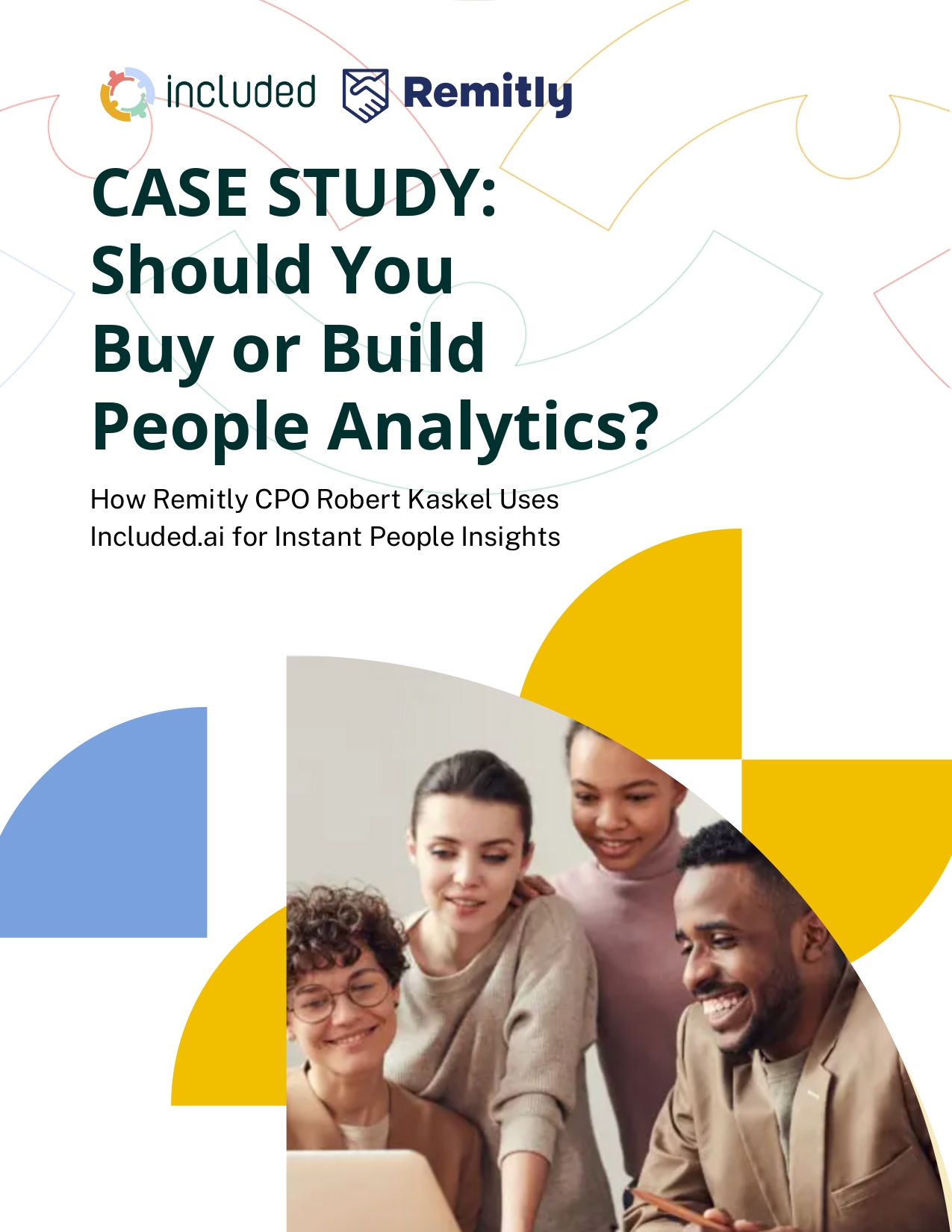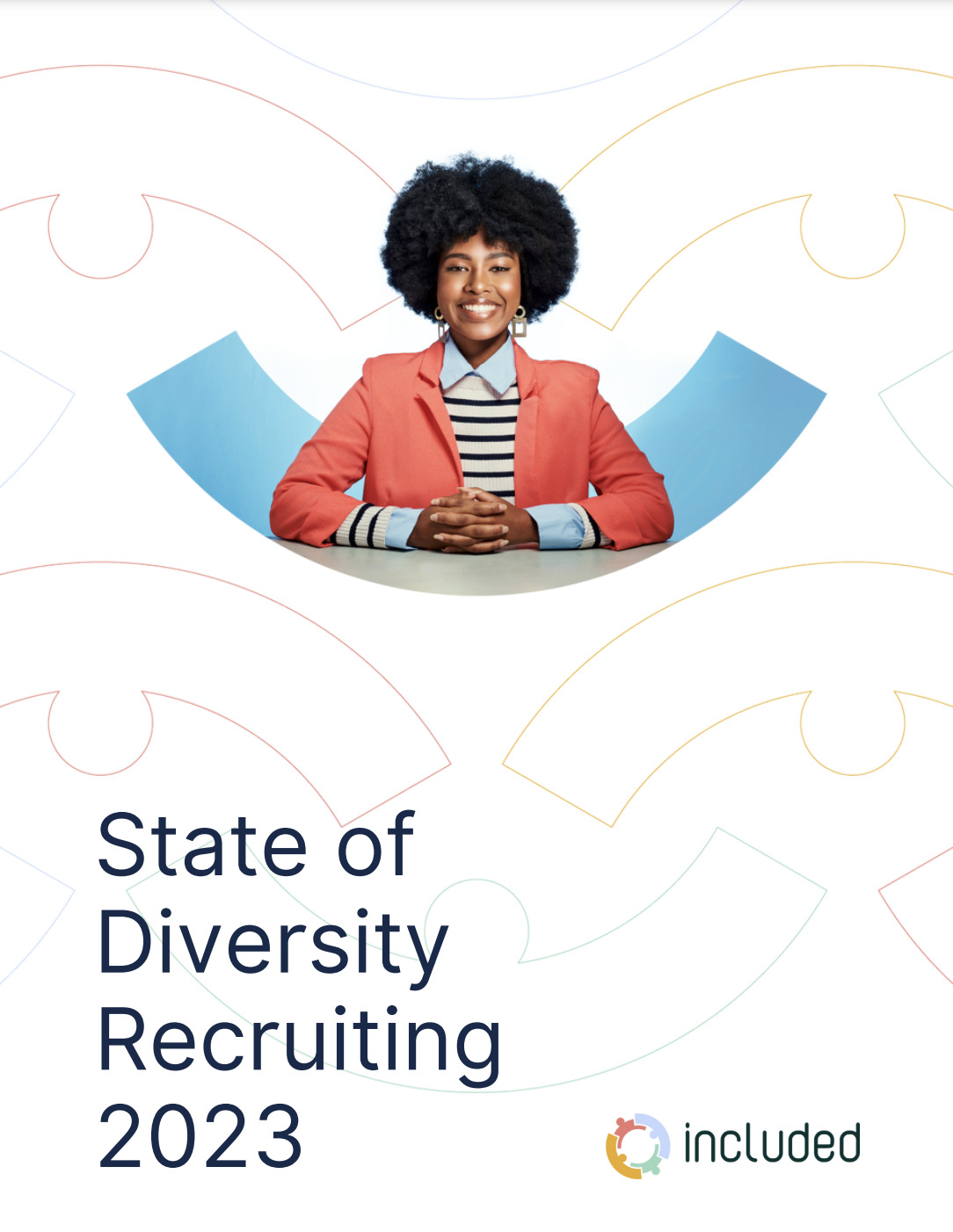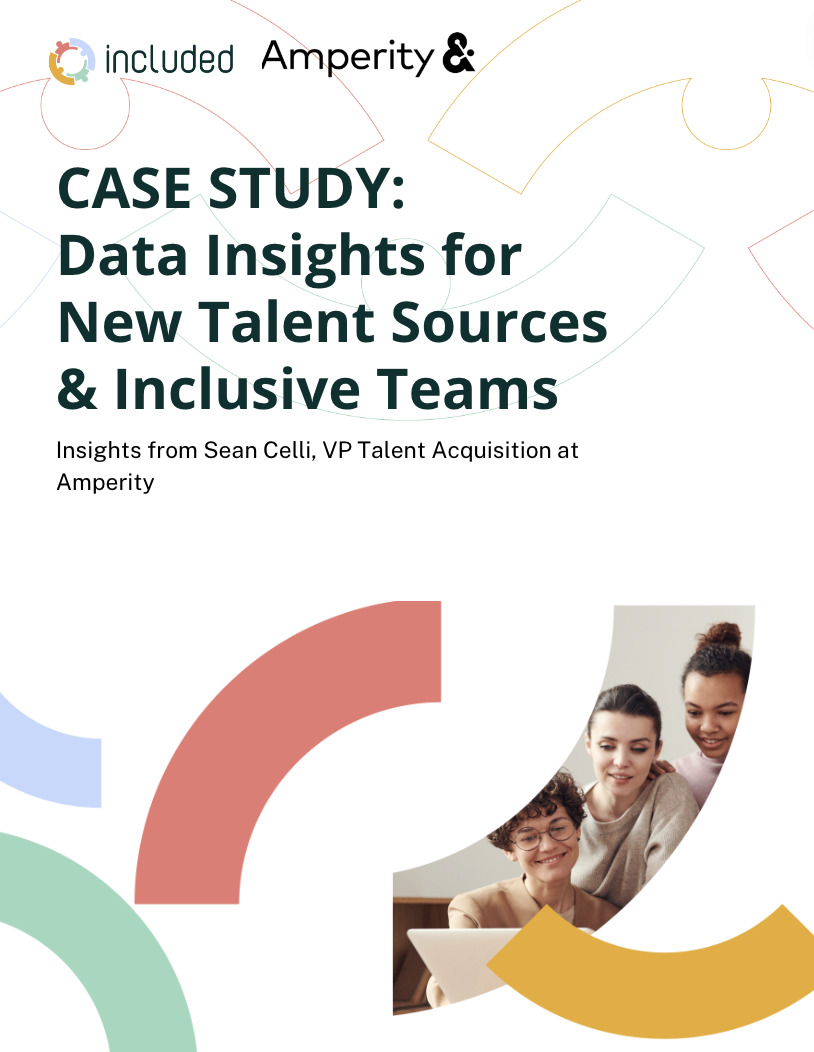When it comes to meeting diversity goals, human resources metrics are invaluable. Looking at data like employee turnover and engagement can help you identify areas where your diversity, equity, and inclusion (DEI) initiatives are meeting expectations and where they’re falling short — enabling you to adjust your policies and practices to help you achieve your goals.
But which HR metrics matter the most to your business? Here, we take a look at some of the most important metrics for diversity, equity, and inclusion.
What Are HR Metrics?
HR metrics help you track your human capital and determine how effective your policies and initiatives are. This information is vital in helping you strategize for the future and optimize your existing policies and DEI initiatives.
HR metrics also enable your HR department to predict the future with a high degree of accuracy. From employee turnover to your benefits participation rate, HR metrics provide key insights into the overall health of your organization and its employees — and, more importantly, where it’s currently headed. Armed with this data, you can guide your business into the future with confidence.
The 3 HR Metrics That Matter Most
The range of HR metrics is vast, but here we break them down into three key sections:
- Recruiting funnel metrics: These help you pinpoint how your recruitment processes can be optimized.
- Employee retention and talent acquisition metrics: These metrics track the success of your company’s recruitment goals and how effective your talent acquisition processes are.
- Employee satisfaction metrics: These help you evaluate the effectiveness of your overall human resources initiatives.
As well as helping you improve overall business and HR policies, these metrics are crucial to helping you establish and achieve your organization’s DEI goals.
1. Recruiting Funnel Metrics
While there are a ton of DEI recruitment metrics to track, here we’ll focus on two key areas: time-to-hire and candidate sourcing.
Time to hire is the time between the date a candidate submits their application and the date you extend an offer. Research shows that 62% of job seekers lose interest when the hiring process takes too long. Losing qualified candidates because of lags in your hiring funnel can impede your ability to meet your DEI goals and can also increase your cost-per-hire.
Monitoring candidate sourcing metrics is essential for organizations to optimize their DEI strategies and provide valuable insight into their hiring processes. These metrics include:
- Source of hire
- % of referral hires
- Quality of hire
- Offer acceptance rate
Monitoring these metrics helps you re-evaluate your current candidate sourcing strategies. For example, you might consider widening your sources of hire or encourage existing employees to refer candidates from their own networks to help broaden your candidate search.
Collecting diversity data during the recruiting and hiring process can also help you determine when and where you are losing diverse candidates along the funnel. Plus, analyzing your offer acceptance rate — including who rejected your offers –also highlights where your hiring processes might be impacting your DEI efforts.
2. Employee Retention and Talent Acquisition Metrics
Diverse and inclusive teams average a 50% higher performance than less inclusive teams — but what happens after an employee is hired also impacts the success of your DEI goals. Tracking early turnover and time since last promotion metrics can help you evaluate where your talent acquisition and retention policies can be optimized.
In the case of early turnover, it’s important to look at how many new hires leave within their first year, paying special attention to target demographics like BIPOC, women, etc. Recruiting and hiring diverse employees only matters if those employees feel included in the workplace. Discovering which employees are leaving within the first year can help you determine how to better foster inclusivity and help limit turnover.
Upward mobility — notably, the time since last promotion metric — is also crucial for HR leaders to understand. If employees from historically underrepresented groups are not receiving the development and sponsorship required to move into managerial or executive positions, your team might be less invested in your organization as a whole. According to a study by McKinsey, diversity on executive teams can also lead to financial outperformance of competitors.
3. Employee Satisfaction Metrics
Your employees are your organization’s best assets, and keeping them engaged and providing an inclusive work environment is vital to productivity levels. In fact, a recent Gallup poll reported that engaged teams are 21% more productive than unengaged teams.
However, according to recent research, 65% of the workforce report feeling unengaged at work and almost a third of workers under 40 have considered leaving their jobs since the pandemic began. Tracking employee satisfaction and engagement metrics provides you with insight into where engagement levels are waning and what strategies you can put in place to improve them.
Failing to address the causes of disengagement can directly lead to an increase in employee turnover rates and absenteeism. Tracking your first-year attrition rate can show you when and where in their tenure employees begin to feel disengaged, and keeping your finger on the pulse of employee culture will help you find ways to re-engage disillusioned employees.
Get Started With Measuring HR Metrics
Focusing on a few key metrics can help you improve your DEI initiatives and goals as well as bolster your broader human resources policies and initiatives. Included has the tools needed to track the HR metrics that matter most and more — get started with a free demo today and begin tracking your key HR metrics.












